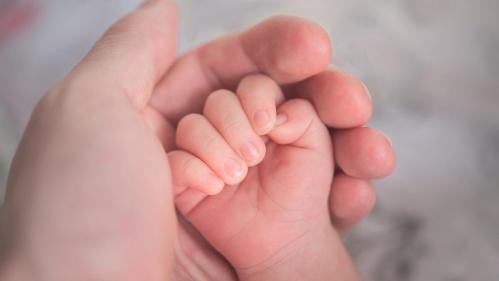If you start toilet training your child at three-years-old, the training period will be shorter than if you start at 24 months or younger. Children who are already trained by the age of three are normally potty-trained and need to make the transition to a normal toilet by the age of four. Children who start toilet training too early, end up taking a lot longer to be ready for unassisted toilet time.
For a child to be physically ready to start training, they must be able to hold urine for at least three hours – this indicates that the bladder and associated muscles are developed enough to store urine. Children must be able to communicate when they need to go to the toilet, before soiling their nappies. In addition to these exhibiting these signs, your child should be able to get undressed alone, so that they can get to use the toilet unaided. Your child should have predictable bowel movements, usually occurring once or twice a day.
Willingness and eagerness to try using a potty or toilet is essential from your child's side. You should involve your child in choosing a potty or adaptable seat cover for a normal toilet. Children who see older siblings use a toilet are more likely to want to be independent. Even when your child is well into toilet training, the occasional accident is still going to happen, both during the day and at night. This is normal and factors such as your child having a small bladder might play a part. To avoid night-time accidents, don't give your child too much to drink before bed.
Your child should wear clothing that is easy to remove in a hurry for the toilet training period. Pants with elastics and Velcro fasteners work well. Boy need assistance with going from sitting down to standing up and urinating; providing a boy with some sort of aiming reference in the toilet bowl will help!
Prepare your child for using toilets outside of the home. This includes recognising public toilet signs and the ability to urinate when there are no toilets available. This is a bit trickier for girls and should be taught with a demonstration. Girls also need to learn to wipe from front to back after urinating, to avoid infections. Hand washing must also be part of the toilet routine.
Look out for sudden changes in bowel movements. If your child has less than three bowel movements per week and the stools are hard or pebbly, it could be from constipation. If your child complains about pain during urination, it might be because of a urinary tract infection (UTI). Cloudy urine, blood in the urine and itchy, swollen patches of skin are signs of a UTI. Bed wetting can also be due to emotional stress or anxiety. Look for underlying causes for behavioural changes during toilet training.
By the age of five, your child should be able to complete all tasks to do with going to the toilet, without assistance.
For a child to be physically ready to start training, they must be able to hold urine for at least three hours – this indicates that the bladder and associated muscles are developed enough to store urine. Children must be able to communicate when they need to go to the toilet, before soiling their nappies. In addition to these exhibiting these signs, your child should be able to get undressed alone, so that they can get to use the toilet unaided. Your child should have predictable bowel movements, usually occurring once or twice a day.
Willingness and eagerness to try using a potty or toilet is essential from your child's side. You should involve your child in choosing a potty or adaptable seat cover for a normal toilet. Children who see older siblings use a toilet are more likely to want to be independent. Even when your child is well into toilet training, the occasional accident is still going to happen, both during the day and at night. This is normal and factors such as your child having a small bladder might play a part. To avoid night-time accidents, don't give your child too much to drink before bed.
Your child should wear clothing that is easy to remove in a hurry for the toilet training period. Pants with elastics and Velcro fasteners work well. Boy need assistance with going from sitting down to standing up and urinating; providing a boy with some sort of aiming reference in the toilet bowl will help!
Prepare your child for using toilets outside of the home. This includes recognising public toilet signs and the ability to urinate when there are no toilets available. This is a bit trickier for girls and should be taught with a demonstration. Girls also need to learn to wipe from front to back after urinating, to avoid infections. Hand washing must also be part of the toilet routine.
Look out for sudden changes in bowel movements. If your child has less than three bowel movements per week and the stools are hard or pebbly, it could be from constipation. If your child complains about pain during urination, it might be because of a urinary tract infection (UTI). Cloudy urine, blood in the urine and itchy, swollen patches of skin are signs of a UTI. Bed wetting can also be due to emotional stress or anxiety. Look for underlying causes for behavioural changes during toilet training.
By the age of five, your child should be able to complete all tasks to do with going to the toilet, without assistance.





